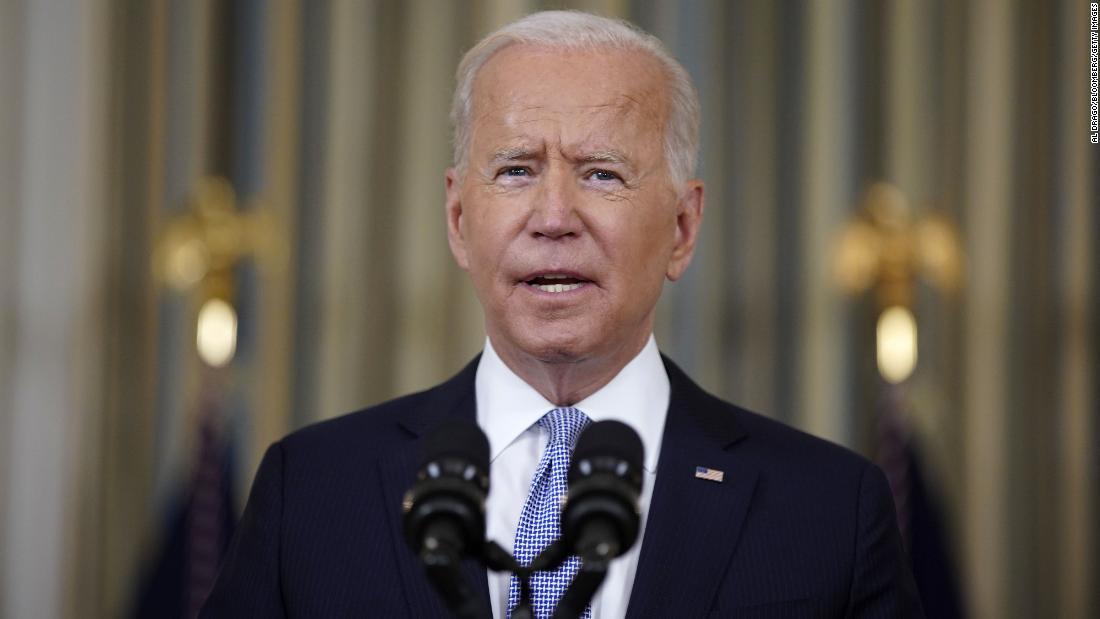[ad_1]
The issue of cost has dominated the debate so far. Biden and the Democratic leaders in Congress want $ 3.5 trillion over 10 years and are asking critics within the party to specify how much less they will accept.
“We did not get a number,” Democratic Representative Sheila Jackson Lee of Texas told CNN last week.
“We just need to get a number, don’t we?” Added Representative Ro Khanna from California.
Biden’s aides and Democratic leaders have used a variety of labels, from “America’s Family Plan†to “Build Better†to the “Human Infrastructure†Package. Media commentators variously describe the bill as a “safety net”, “social benefits”, “climate and economic policy” or, more obscurely, “reconciliation”, which refers to the budget process used by the Democrats to move it forward.
The spongy definition problem makes the bill harder for Democrats to promote – and easier for Republicans to attack. Lacking a singular purpose like transformative ancestors such as the Affordable Care Act or Medicare, he became known primarily by his numbers.
“It’s so broad in its scope, there are so many elements, that it doesn’t really have an identity other than its price,” said David Axelrod, former President Barack Obama strategist and now political commentator CNN senior. “It becomes a big drop … a plaid jacket.”
The bill’s 2,465 pages are brimming with popular policy proposals, from universal kindergarten and free community college to extending Medicare benefits, energy efficiency tax credits and expanding programs. child tax credits. Its proposed tax increases for corporations and high net worth individuals are also garnering strong public affirmation in opinion polls.
But none of these agendas are dominant enough to create a clear public image that concentrates popular and legislative support. Instead of creating a new government signature program, it expands a dizzying array of existing programs to deliver more generous benefits to more people.
The scattered approach reflects a practical White House response to pent-up demand among Democratic constituencies stranded over the past decade in their attempts to tackle income inequality, stagnant wages, health coverage gaps and global warming of the planet due to carbon emissions. The consequence: Instead of arguing around the new benefits that American families would receive or the impact of climate change provisions, it centers on how many dollars would flow out of the Treasury Department to fund those benefits over the next 10 years.
A courier giveaway for the GOP
The cost framing has proven particularly useful for Republican opponents, who for years have called Democratic agendas the vanguard of socialism. This helps them highlight fears of rising inflation and debt, while arguing that the widening of benefits is eroding America’s traditions of self-help and free enterprise.
“The $ 3.5 trillion Biden plan is not socialism, it is Marxism,†GOP Senator Marco Rubio of Florida tweeted last week.
Biden attempted to fend off such attacks by completely reversing the price of the social spending bill. Because his tax hike proposals would cover his spending proposals, Biden tweeted late last month, “My Build Back Better program costs zero dollars.”
“You may end up with a bill that one person describes as $ 1.5 trillion and another as $ 2.5 trillion,” a senior administration official told CNN. “There are many ways to break down the frontline debate. “
“He’s not talking about numbers,” Michigan Rep. Debbie Dingell told CNN’s Wolf Blitzer. “He speaks, ‘Tell me why you are. Tell me which programs matter most to the voters you represent’… We shouldn’t be talking about numbers.â€
[ad_2]

